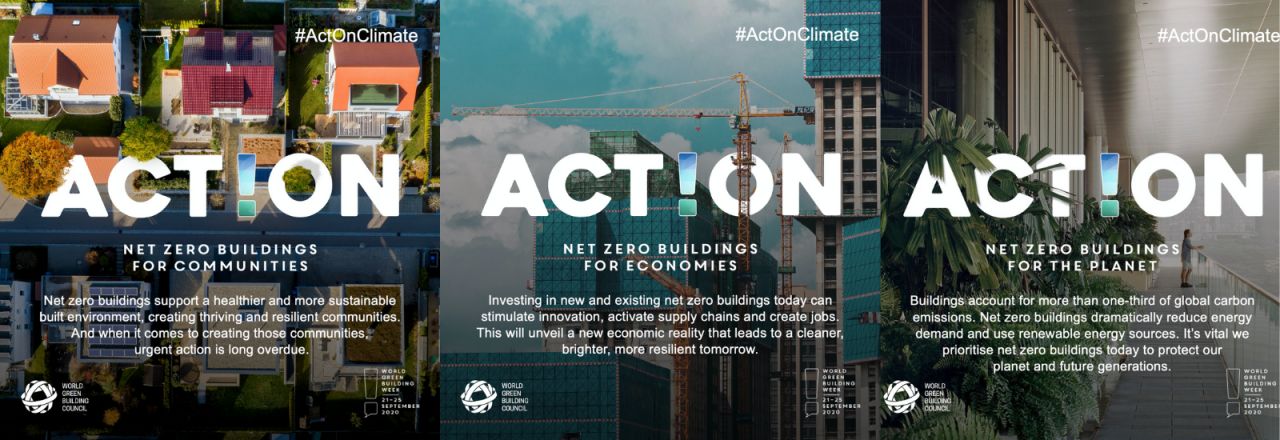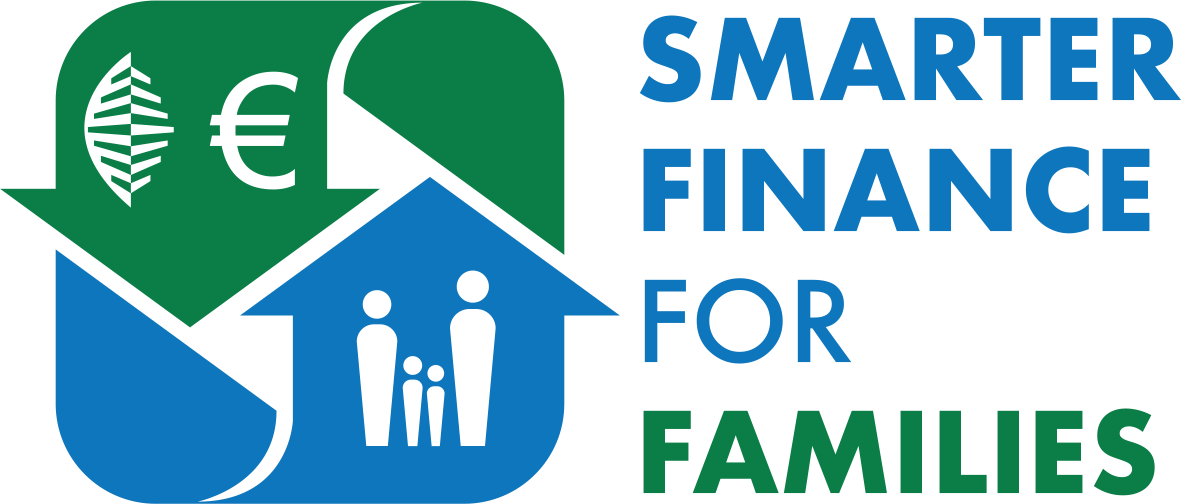World Green Building Week is an annual event organized by the World Green Building Council, and in this year’s edition (September 21-25) it emphasized the topic of nZEB buildings (with zero net carbon emissions).

Why do we need zero-carbon buildings and not just sustainable buildings?
The construction sector is the largest consumer of energy in Europe. Climate neutrality cannot be achieved without decarbonizing existing buildings stock and shifting to nZEB (net – Zero Energy Buildings) design.
Countries around the world declare climate emergencies and industry awareness and responsibility is very high. Following the example and commitment of private companies to decarbonize their activity by 2050, governments are called upon to support these efforts in parallel. Adapting to sustainable alternative solutions such as remote work or the rapid arrangement of the pedestrian area, encouraging cycling, meeting during the COVID-19 pandemic, shows that changes can happen quickly, when desired.
The #ActOnClimate campaign initiated during this year’s edition of the World Green Buildings Week has three components:
- COMMUNITIES – zero carbon buildings contribute to the development of a healthier and more sustainable environment for active and strong communities.
- PLANET – The construction sector is responsible for a third of global carbon emissions. It is vital to prioritize, starting right now, the construction of zero-carbon buildings to protect our planet and future generations.
- ECONOMY – investing in zero carbon buildings can stimulate innovation and supply chains and create new jobs.
In Romania, the World Green Building Council is represented by the Romania Green Building Council (RoGBC). RoGBC supports and promotes responsibility for the environment and energy efficiency in the design, construction, operation and deconstruction of buildings in Romania.
In 2015, RoGBC developed an innovative product – “Green Homes & Green Mortgage” addressing the housing segment. Green Homes certification rewards energy efficiency and environmental responsibility. “Green Homes” certified homes can be purchased through preferential “Green Mortgage” loans, with preferential interest rates, through two international banks present in Romania. The initiative developed in Romania is currently known at EU level through “SMARTER Finance for Families”, a Horizon 2020 project for the implementation of “Green Homes & Green Mortgage” in 12 Member States.
As Sustainability Manager of Saint-Gobain Romania, a member company of RoGBC since 2014, we were able to observe the changes that the industry has embraced, the increase in interest in green buildings in recent years – we currently have a stock of 250 LEED and BREEAM certified projects at national level – but also the challenges corresponding to these projects, for example, management of construction and demolition waste, the efficient exploitation of resources, etc.
To conclude, here is an example of a green building, the new Saint-Gobain headquarters in Paris, built with innovative sustainable products, with triple LEED, BREEAM and HQE certification.
The new Saint-Gobain headquarters is a symbol of the company’s commitment to become “zero carbon” by 2050.
Share this
Sector: Buildings
Country / Region: Romania
Tags: assessments, carbon, efficient construction of buildings, emissions, energy, implementation, loans, projects, SMARTER, sustainability, sustainable designsIn 1 user collection: SMARTER – Blog
Knowledge Object: User generated Initiative
Publishing year: 2020
Author: Alina Cismaș


